Got 10 minutes? Tired of your bathroom looking like every other cookie-cutter space? Here’s how one 1900s bathroom ditched its bland beige makeover and reclaimed its Victorian heritage, and why this transformation shows exactly what makes period-appropriate design so powerful.
This renovation proves you can strip away decades of "updates" and restore authentic character, even on a DIY budget. Victorian bathrooms were not just functional spaces, they were statements of luxury and craftsmanship that modern renovations often miss.
What made Victorian bathrooms so special?
When indoor plumbing first arrived in upper-class urban homes during the height of the Victorian era, according to Today's Homeowner, homeowners went all out. These early adopters created large, lavishly furnished spaces that followed the same decorative conventions as other rooms, the same source notes.
Think about it. If you had just gotten running water indoors for the first time, would you not want to make it spectacular? Walls featured proper wainscot sections, either wood or tile, fill areas, and frieze sections, often complemented by elaborate wallpaper, research indicates. The fixtures themselves were set into ornate Elizabethan or Aesthetic cabinets sold by companies like J. L. Mott Iron Works, according to the publication.
These magnificent spaces showcased ornate tile borders with bas-relief garlands and puddling pastel glazes, creating decorative friezes that elevated simple wall treatments into works of art, according to Brownstoner. The 1911 J. L. Mott Iron Works advertisements even featured high dados of square field tile sandwiched between contrasting color strips, showing just how sophisticated these designs could be, the same source notes.
Why it works: Victorian design emphasized luxury through layered materials and ornate details, the complete opposite of today's minimalist trends that strip away character.
Stripping away the beige: what went wrong?
Here is where things took a turn for the worse. By the late 1910s, germ theory completely transformed how people thought about bathrooms. What were once ornate, furniture-filled rooms became sterile white chambers with glossy surfaces and exposed plumbing, Today's Homeowner explains.
This shift away from ornate Victorian styling continued for decades, leading many homeowners to cover original features with bland, safe finishes. You know the drill: beige everything, generic fixtures, zero personality. The typical renovation approach removed decorative tile borders, painted over beautiful wood details, and replaced period fixtures with whatever was cheapest at the home improvement store.
What is interesting is that bathrooms regularly get remodeled and updated, so it is common to find mixed periods: original 1910 tiled floors with Art Deco lighting and recent fixtures, according to the same source. It feels like archaeological layers of bad design decisions.
Tip: Look for clues under layers of paint or behind modern fixtures, original Victorian elements might still be hiding underneath all that beige.
Getting the tile work right
Now here is where most DIY Victorian bathroom projects go sideways, the tile installation. Authentic Victorian tile work requires specific techniques that differ completely from modern methods, and getting this wrong immediately kills the authentic look.
Original tiles had rectified edges, completely flat field tiles with square corners, installed tightly with narrow grout lines measuring one-sixteenth inch or less, Brownstoner reports. Compare that to modern tiles, which have rounded edges and wider grout lines like one-eighth inch, the same source notes.
You might be wondering what difference a few millimeters makes, but trust me, it is huge. Those tight grout lines create the seamless, elegant appearance that screams quality craftsmanship instead of weekend warrior DIY.
Unglazed porcelain hex tiles for floors typically came in white or pale gray, ranging from one to two inches in size, according to research. Wall field tiles could be subway or square tiles glazed in white or cream, the source indicates. The decorative frieze above the wainscot was often set at shoulder height and might feature the same white or cream colors, or be splotched with pastel glazes in pink, yellow, or aqua, research shows.
Where to source: American Restoration Tile, Heritage Tile's Subway Ceramics, and L'Esperance Tile Works offer old-fashioned rectified tiles with narrow spacing, according to Brownstoner. Yes, they cost more than Home Depot specials, but the difference in appearance is dramatic.
Choosing the right color palette
Most people get Victorian colors completely wrong, thinking it is all dark and gloomy. Traditional Victorian bathrooms actually used whites, creams, and pastels like lavender, light blues, or pale pinks to create a soft, airy atmosphere, Mi Casa Es Viva explains. These lighter colors help reflect light and enhance the elegant, spacious feeling, according to research.
For bold accents, deeper shades like forest greens, deep reds, or royal blues appeared sparingly in wallpaper, upholstery, or decorative tiles, the same source notes.
Here is the fascinating part: authentic Victorian design embraced both ends of the spectrum. While soft pastels dominated the base palette, Victorians also loved very dark and rich tones including deep blues, burgundy, forest green, and brown for dramatic contrast, House Beautiful reports. The secret was using these bold colors strategically, perhaps in a stenciled border, ornate wallpaper pattern, or decorative tile accent, rather than overwhelming the space.
Gold, brass, or bronze fixture finishes complemented these colors while adding warmth and opulence, according to research. Chrome and modern brushed-nickel finishes were not common in early-1900s Victorian baths; polished chrome became widespread later (1920s) and brushed-nickel is a modern finish.
Tip: Start with a neutral base and add period colors through smaller elements like tile borders, wallpaper, or fabric accents. You can always add more drama later, but it is hard to tone down a bathroom that looks like a Victorian bordello.
Modern comfort meets Victorian style
Here is the challenge every Victorian bathroom renovation faces: how do you get contemporary performance from period aesthetics? The good news is you can absolutely have both, but it requires some strategic thinking.
Start by upgrading functional elements like plumbing and lighting to improve efficiency while preserving the aesthetic, Mi Casa Es Viva suggests. Modern technology like underfloor heating can be discreetly added for enhanced comfort. Imagine stepping onto warm hex tiles on a cold morning, the same source notes.
Replace traditional taps with designs that mimic vintage styles but offer modern functionality, according to the guide. You can get brass-finished faucets with ceramic cartridges that look completely period-appropriate but will not drip or require constant maintenance.
Contemporary toilets with vintage-inspired designs blend well with period elements, research indicates. High-tank toilets are available as reproductions, but you can also find modern toilets with vintage proportions and detailing that work beautifully.
Safety first: Always upgrade electrical and plumbing systems to current codes, even when maintaining period appearances. Your local inspector does not care if authentic Victorian wiring builds character.
Why this transformation matters
This 1900s bathroom renovation demonstrates something important: removing inappropriate "updates" can completely restore a space's authentic character. Victorian bathrooms were magnificently crafted spaces that featured lots of built-in storage and natural light, creating calming, practical environments, Robert Horne notes.
These designs emphasized luxury and sophistication through ornate detailing, intricate tile patterns, and rich color palettes, Serene Bathrooms explains. What makes this transformation so compelling is how it reveals the layers of craftsmanship that generic modern updates had buried, from the precise tile work with its razor-thin grout lines to the carefully balanced color palette that creates both elegance and comfort.
The renovation proves that understanding authentic Victorian elements, from tile installation techniques to fixture styles, enables you to create bathrooms that honor their architectural heritage while meeting contemporary needs. Instead of fighting against the home's original character, this approach works with it, resulting in spaces that feel both timeless and thoroughly livable.
Most importantly, this project shows that period-appropriate design is not about creating a museum piece. It is about recognizing what made these spaces work so beautifully in the first place, then adapting those principles for modern life. Sometimes the best renovation is simply having the confidence to strip away decades of bland compromises and let the original vision shine through.




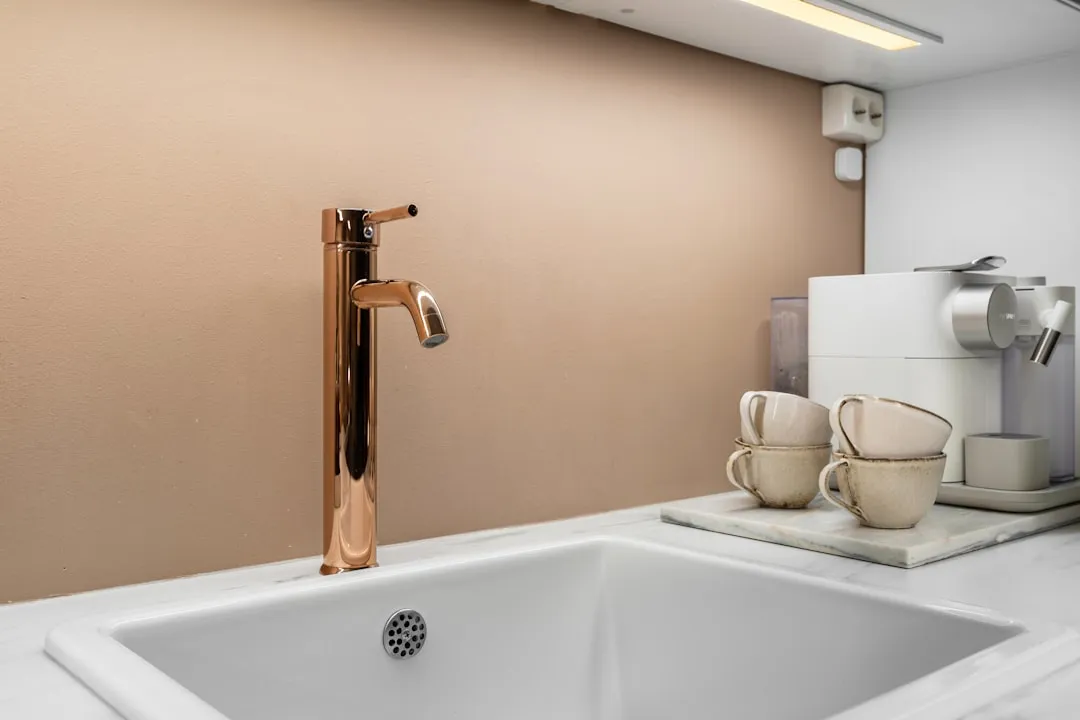



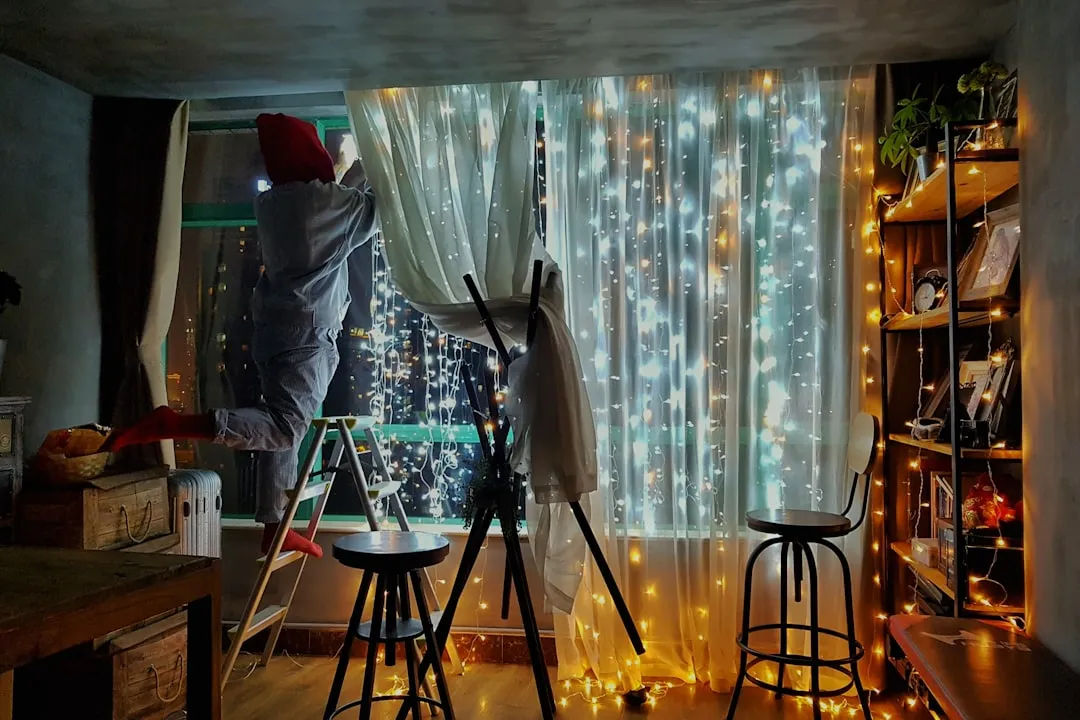


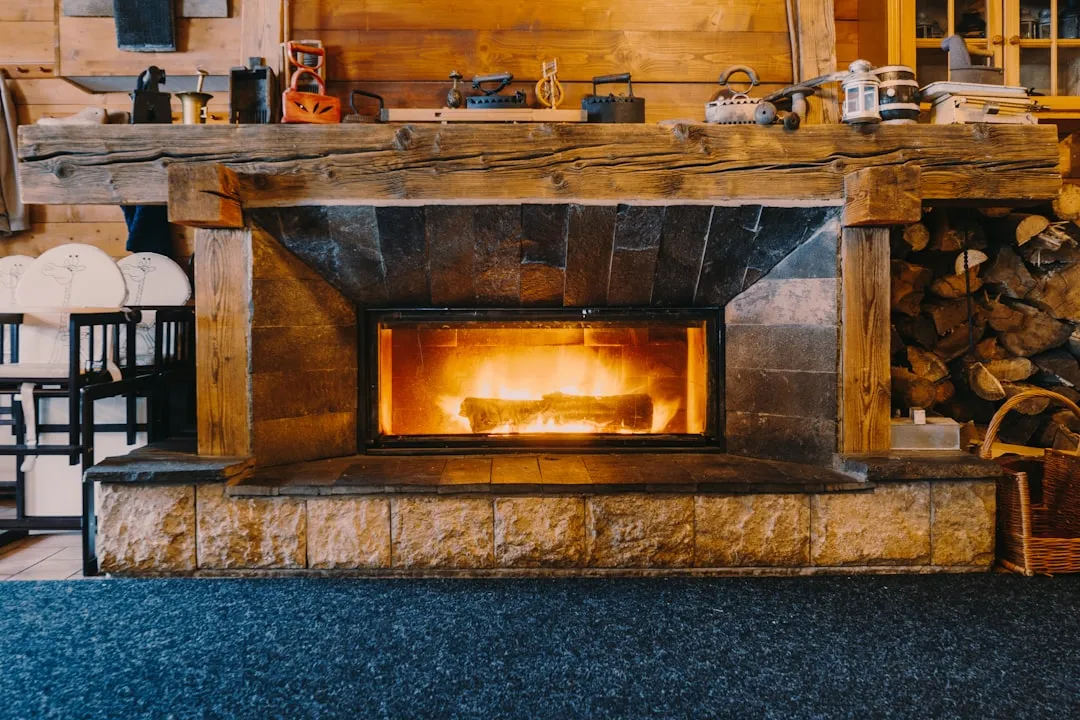
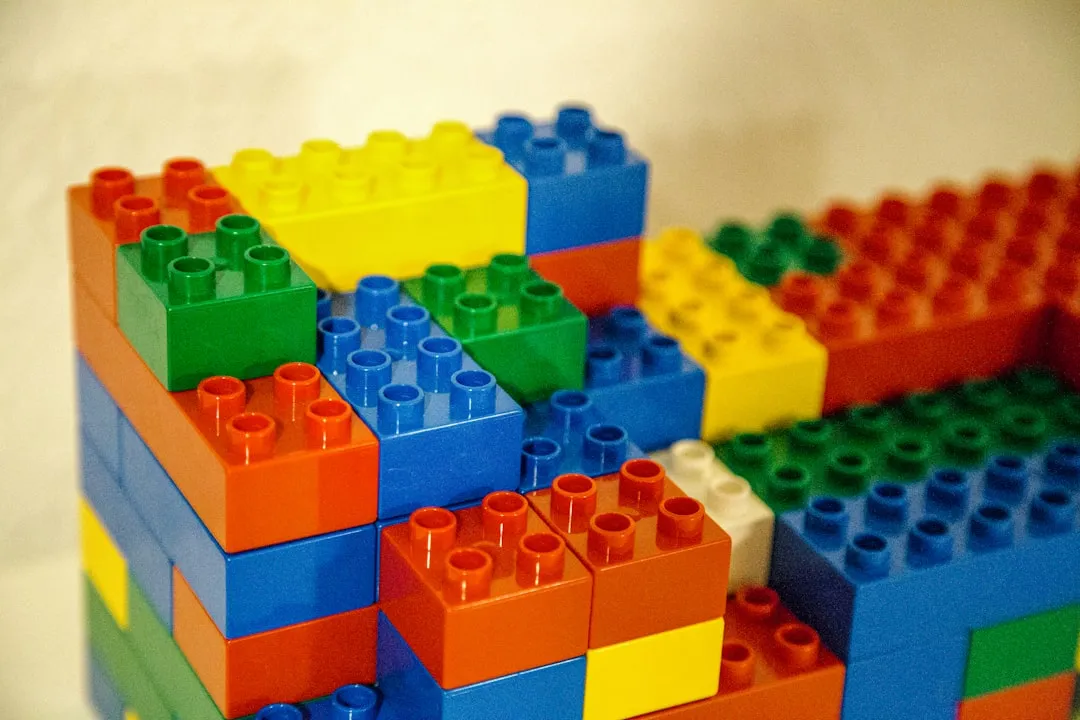
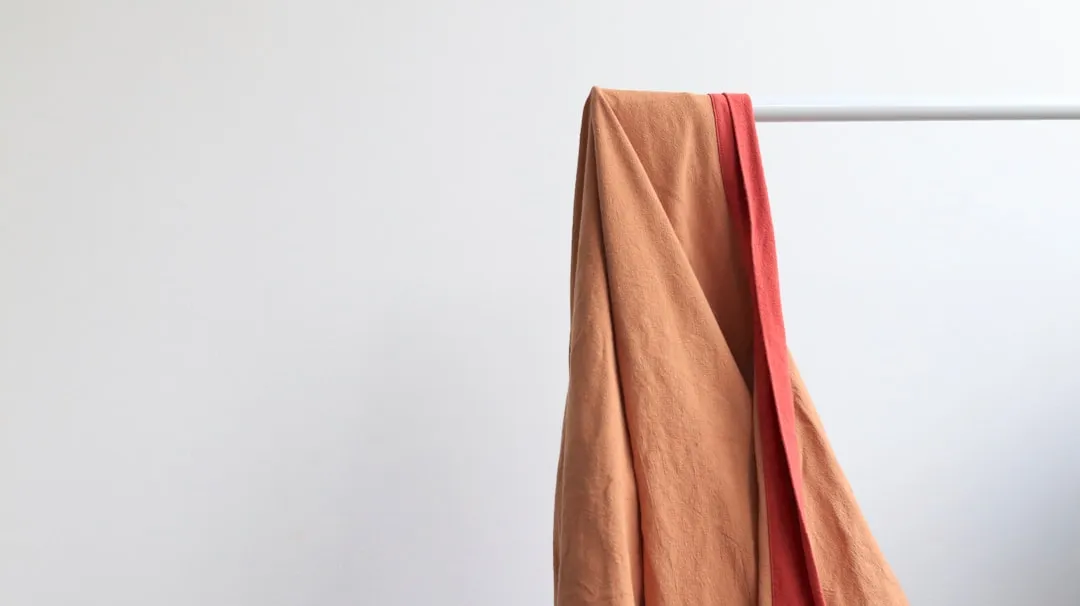
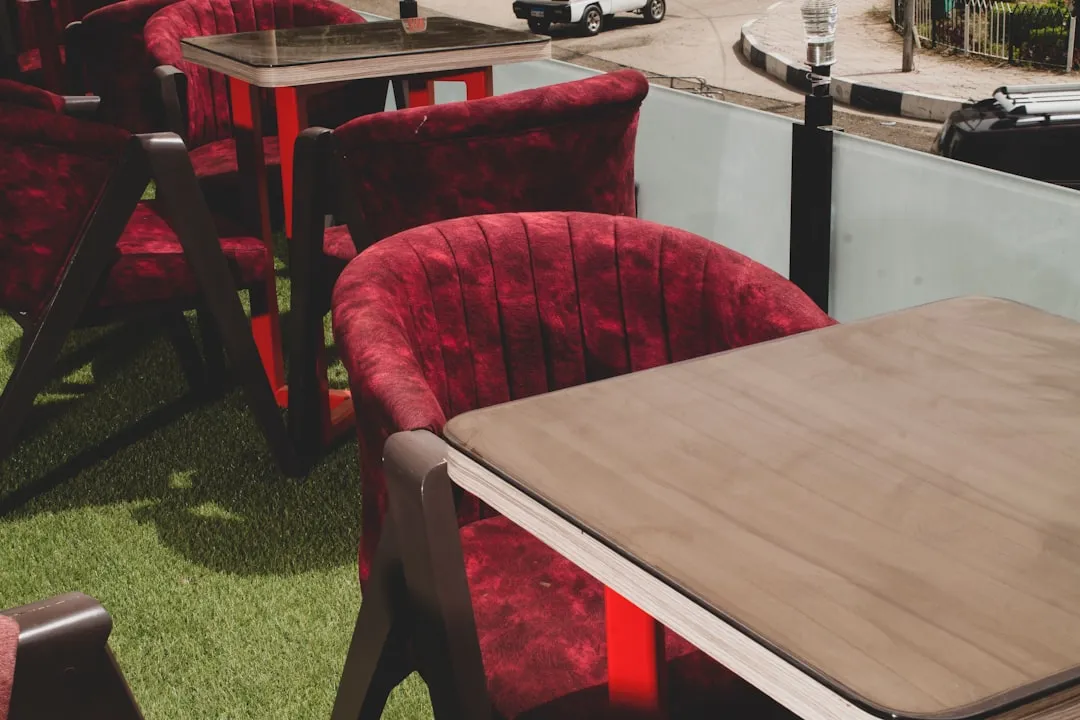
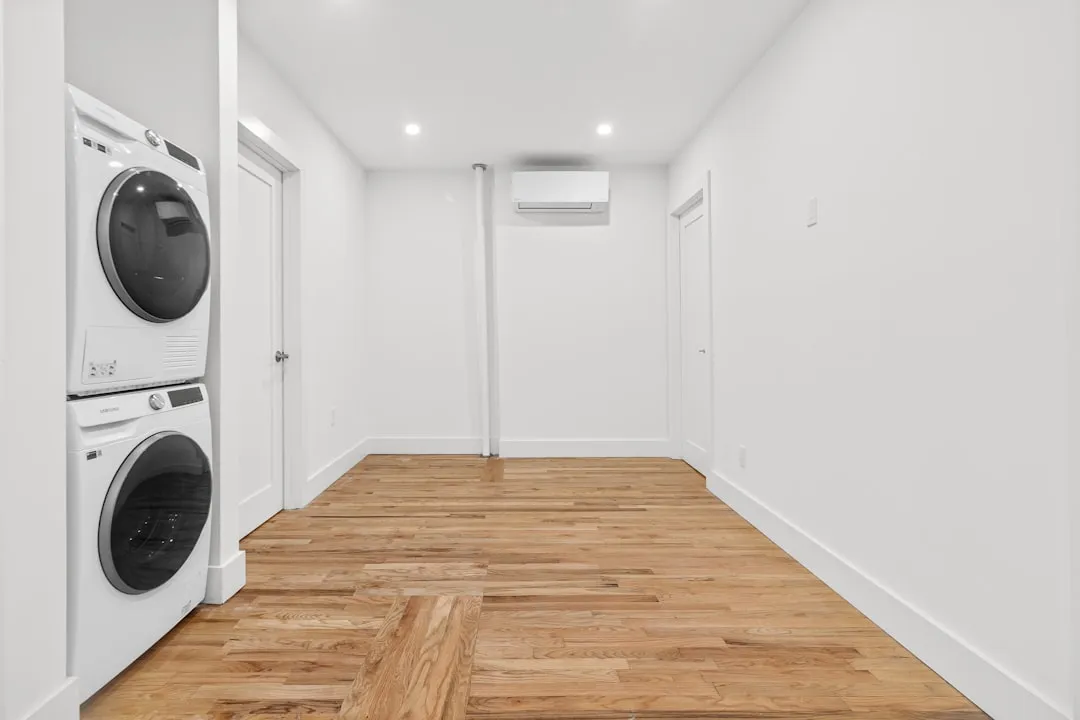
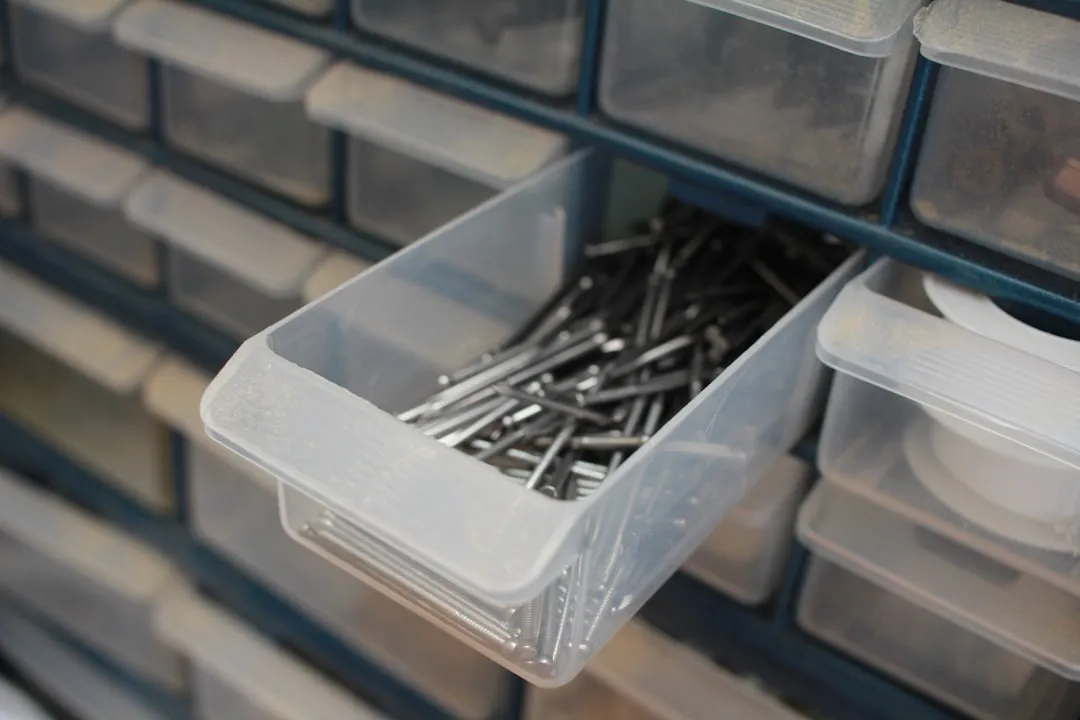


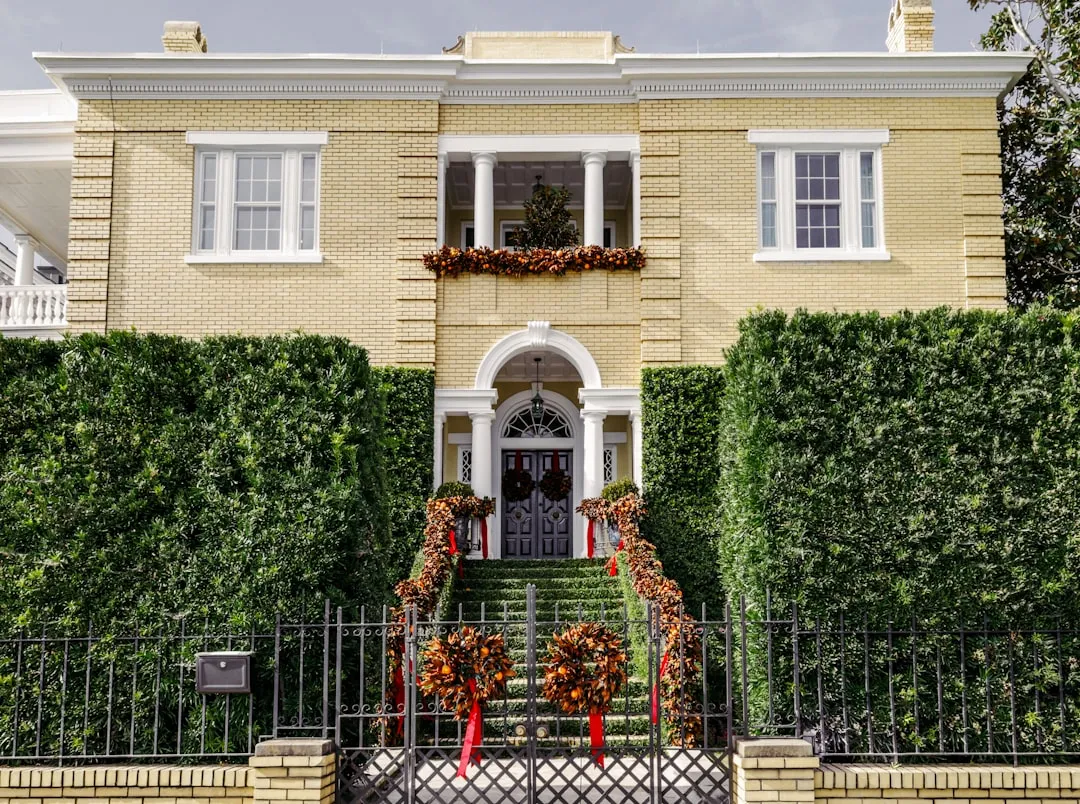
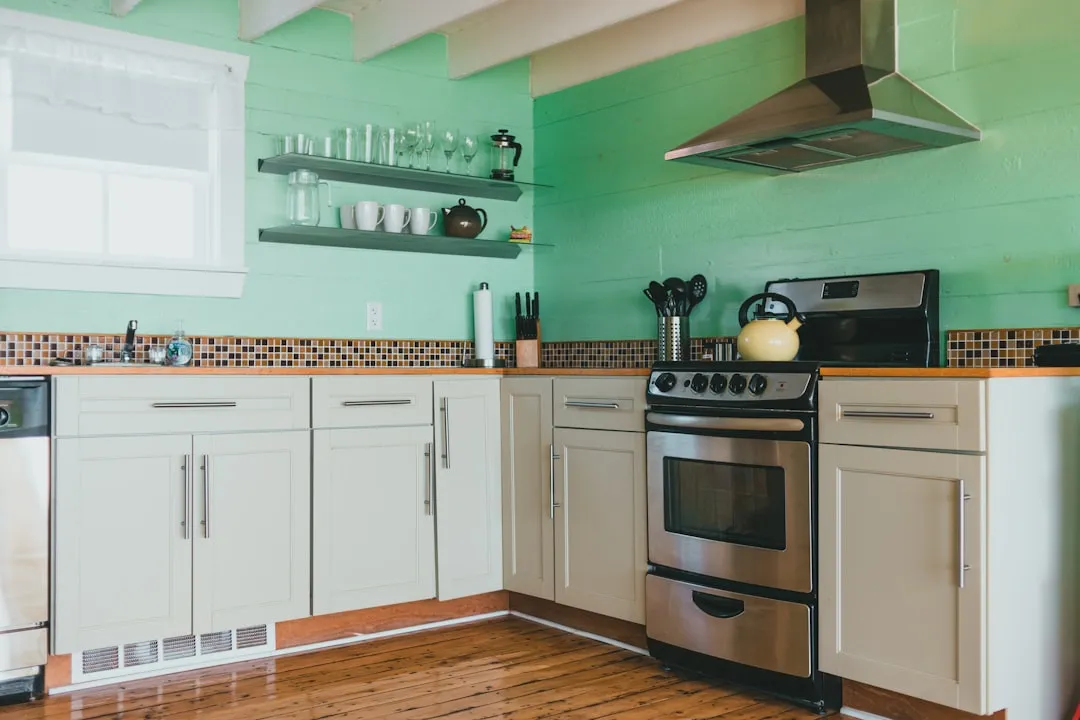

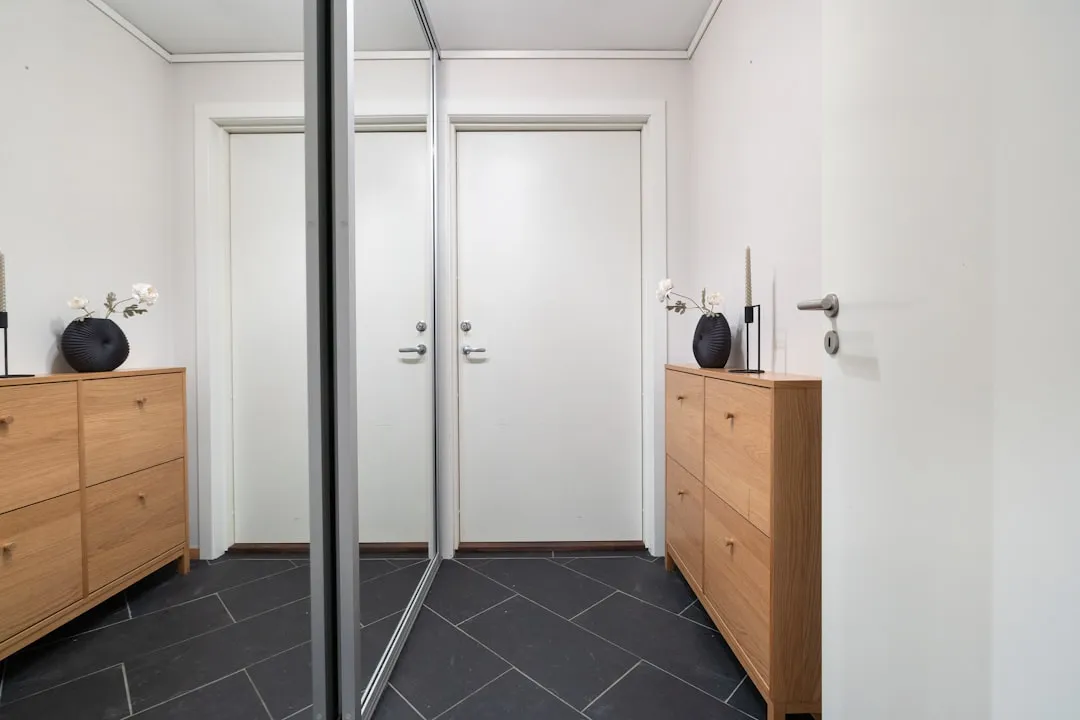
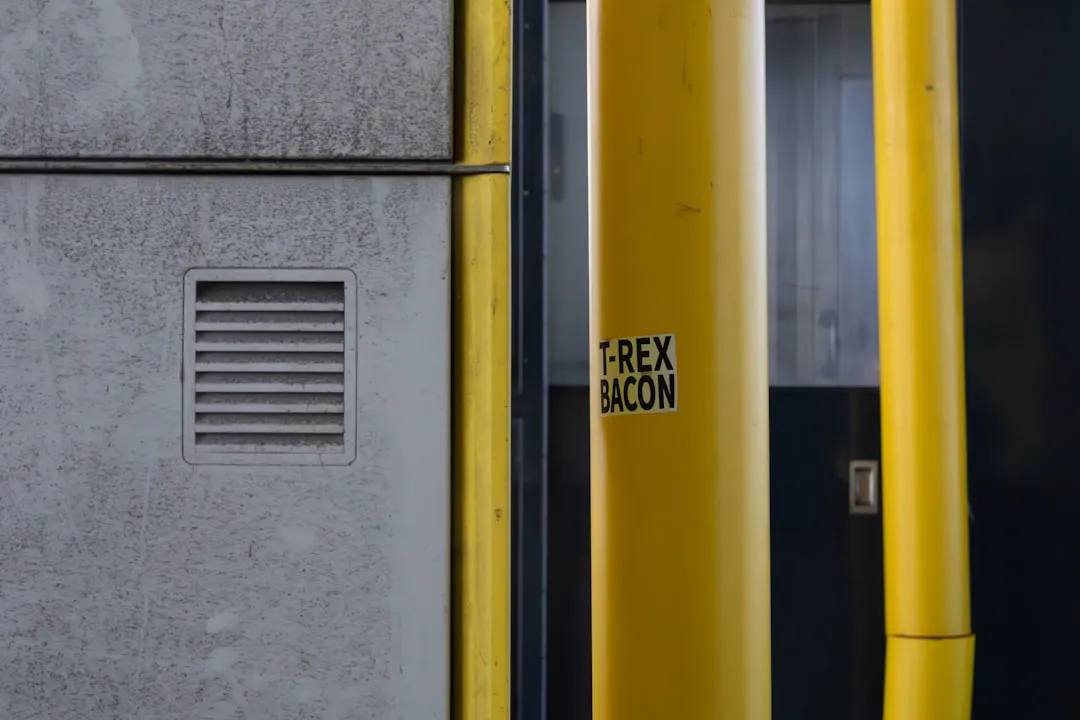
Comments
Be the first, drop a comment!